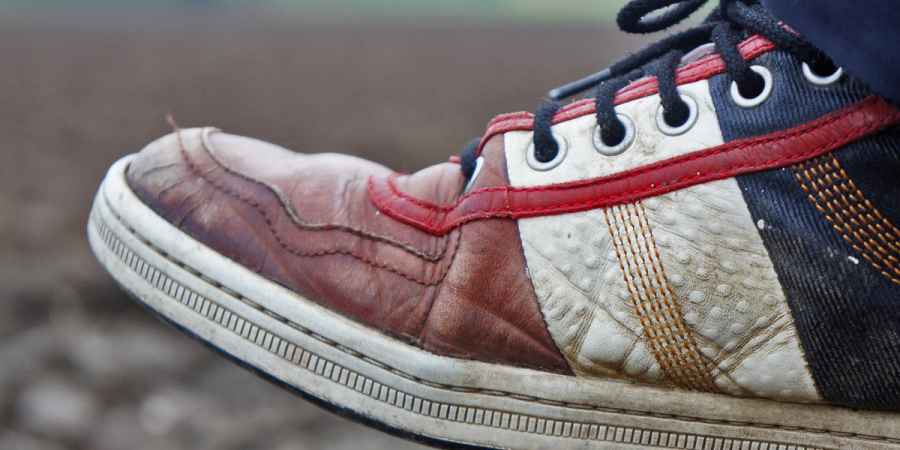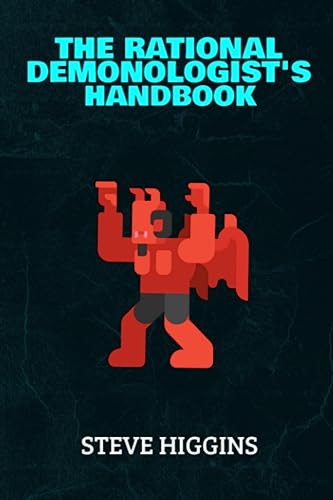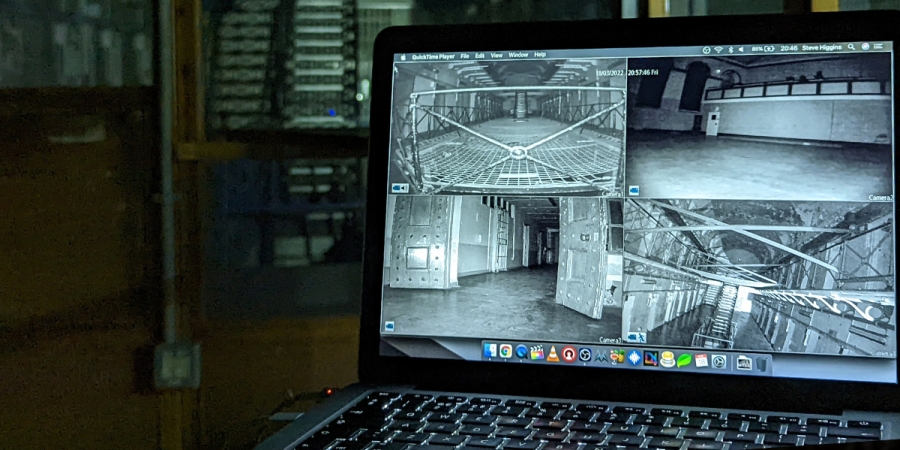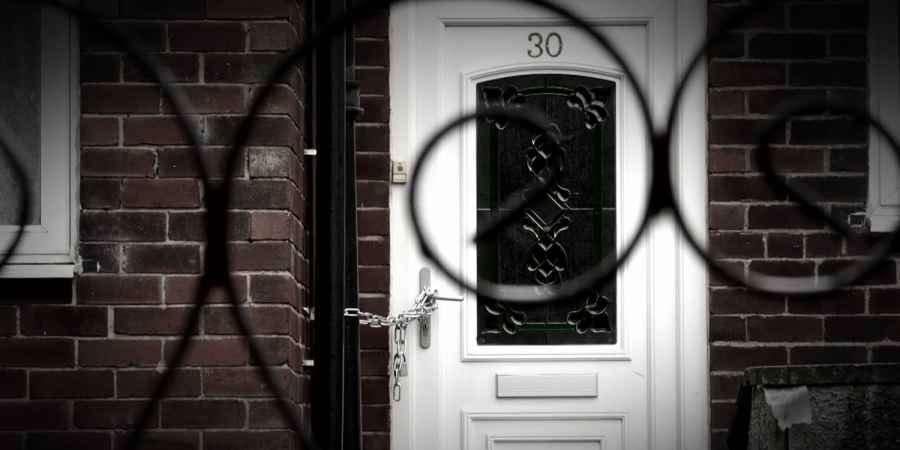From The Fox Sisters To Paranormal YouTubers: The Toe-Cracking Trick Behind Ghostly Claims

Photo: Tanja Richter

Photo: Tanja Richter
This page is more than one year old.
There's recently been a lot of debate in the paranormal world about the credibility of two psychic mediums named Cody and Satori who claim to be able to communicate with spirits using what they call their knocking method. The pair's methods were scrutinised after they appeared in one of Sam and Colby's.
Sam and Colby, two very popular paranormal YouTubers, were joined by Cody and Satori at the real 'Conjuring' house in Rhode Island, the home that inspired the movie. In this investigation, numerous knocks and taps were heard, dividing opinions in the paranormal community.
Now it seems that Cody and Satori's method might have been exposed by a 10-year-old. British YouTuber, Ste Richards, from the channel Ouija Brothers, unexpectedly stumbled upon the trick while filming at the infamous 30 East Drive house in Pontefract.
While staying at the house with his family before Christmas, Ste and his family heard what they believed to be footsteps coming down the stairs. This turned out to be sounds made by his son, Riley. When Ste questioned the 10-year-old about his knocking method, it turned out that he could create the sound by cracking the joints in his big toe with no perceptible movement.
This technique, while seemingly simple, is not something that everyone can perform, and it requires a certain physical ability or bodily peculiarity. Toe cracking, much like cracking knuckles, involves bending or manipulating the joints to produce a popping or cracking sound. The sound is caused by the rapid release of gases, primarily nitrogen, from the synovial fluid in the joint.
Ste suggested that the toe-cracking trick could explain the sounds produced in response to Cody and Satori's method, especially since they seemed too consistent and convenient to be true. This ability is not common, making it a particularly effective method for producing false paranormal phenomena like ghostly footsteps or knocks. The rarity of the toe-cracking ability also makes it difficult for others to replicate or demonstrate how the trick works.
You can watch Riley demonstrate the method on camera at 30 East Drive below. You'll be able to hear the moments where Riley cracks his toe, creating a tapping sound on demand.
Ste, known for his credibility in ghost hunting, was particularly struck by the loudness of the sound and how effortlessly Riley produced it without detection. The effectiveness of this method as a form of fakery in the context of séances and paranormal investigations lies in its subtlety. Unlike other tricks that might require visible movement or elaborate setups, cracking toe joints can be done with little to no visible movement of the rest of the body.
It's often nearly impossible to pinpoint the source of this sound, as this demonstration shows. The human mind can misplace sounds, leading to misinterpretations of their source. In Ste's case, he thought the sound was coming from the stairs behind him, while it was actually originating from the room he was in, in front of him.
The difficulty in pinpointing the origin of deep or low sounds can be attributed to the way our ears and brains process auditory information. While our ears are adept at determining whether a sound is coming from the left or right of us, they are less effective at discerning whether the sound is coming from in front of us or behind us, or at gauging its exact distance. This is because the cues our ears use to locate sounds are less distinct for low-frequency sounds and for sounds that don't have a clear, direct path to our ears.
Riley's ability to produce these sounds by "wiggling his toes," as he described, is reminiscent of the toe-cracking method used by the Fox Sisters, who were central figures in the birth of Spiritualism in the mid-19th century in Hydesville, New York.
The Fox family, including sisters Margaret and Kate, reported hearing mysterious knocking sounds, which they initially couldn't explain. The sisters claimed these knocks were communications from the spirit world. They developed a system of communication with the spirits where knocks could be interpreted as answers to questions. This phenomenon attracted widespread attention, and the sisters became famous for holding séances where these spirit communications were demonstrated.
However, years later, the legitimacy of the Fox Sisters' claims came under scrutiny. In 1888, Margaret, in a public confession, admitted that the mysterious knocks were not spiritual communications but were produced by the sisters themselves. She revealed that they accomplished this by cracking their toe joints, among other methods.
The Fox Sisters' ability to produce these sounds on demand and in a way that was undetectable to the audience made it a particularly effective form of deception in their spiritualist performances.
Ste's conclusion, "If it's too good to be true, it usually is," encapsulates a critical approach to paranormal investigations. It highlights the importance of considering simple, natural explanations for seemingly supernatural phenomena and serves as a reminder that our senses can sometimes mislead us, especially in environments where we are anticipating paranormal activity.
Further Reading
Dive into the world of the paranormal and unexplained with books by Higgypop creator and writer Steve Higgins.

Whispers From The Other Side
A guide to capturing and analysing EVPs for ghost hunters of all levels, covering techniques and theories.
Buy Now
The Rational Demonologist
An exploration of demonic activity, including possession, protection, and exorcism.
Buy NowMore Like This

YoutubeMarch 20, 2025
YouTuber Amy's Crypt Buys Infamous Haunted House In Essex

YoutubeJune 17, 2024
Paranormal Videos On YouTube & The 'For Entertainment Purposes Only' Disclaimer

YoutubeJune 15, 2024
It's Now Harder Than Ever For Paranormal Teams To Get Discovered On YouTube

YoutubeOctober 30, 2023
Pontefract's 30 East Drive Welcomes Haunted Scouse Team For A Halloween Special
 See More on Audible
See More on Audible
Comments
Want To Join The Conversation?
Sign in or create an account to leave a comment.
Sign In
Create Account
Account Settings
Be the first to comment.